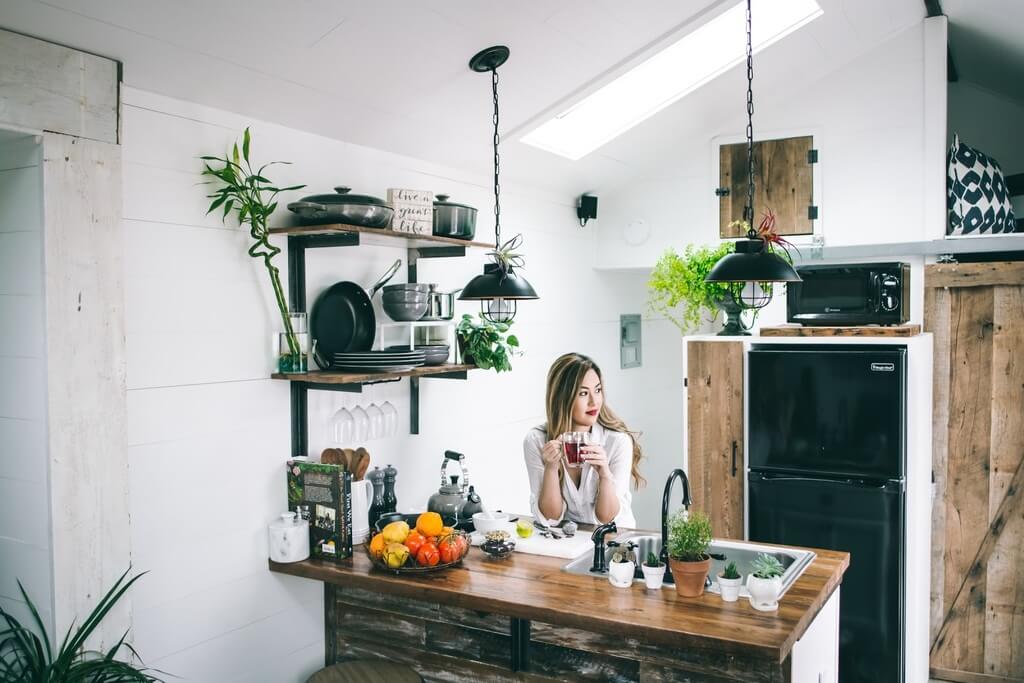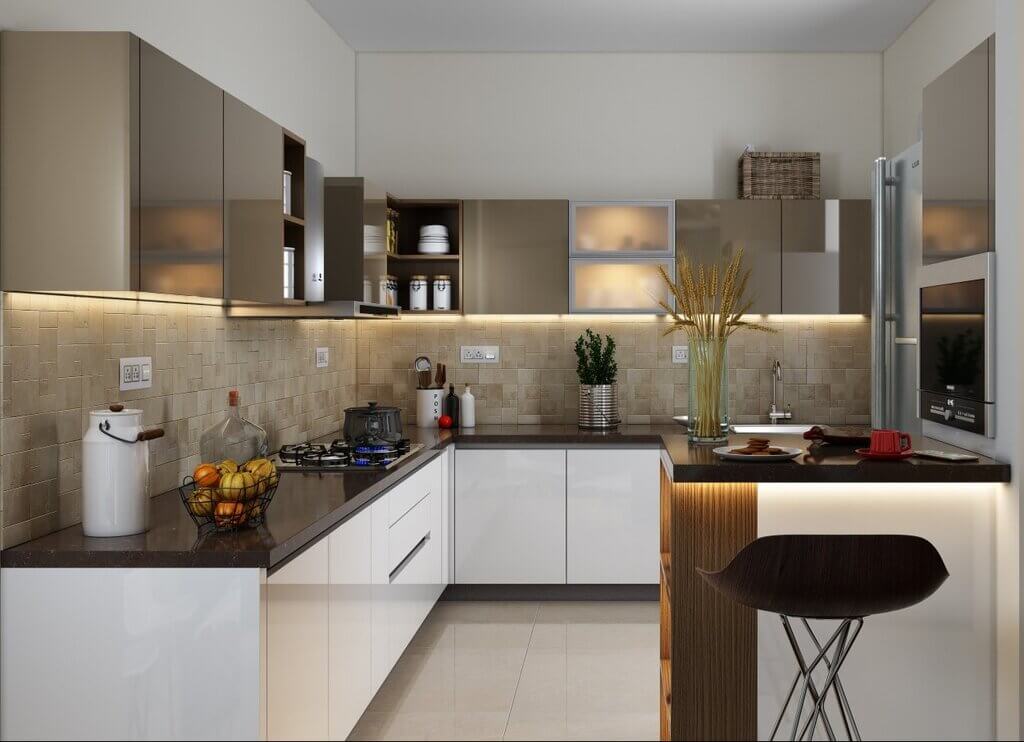Aside from the bathroom, the kitchen is probably the most-used room in the house. For this, and a number of other reasons, kitchens can also be one of the most problematic rooms in your home. There are several appliances and other major systems in there that can – and do – have issues from time to time.
Below, we discuss some of the most common problems in the kitchen and ways to solve them to keep this much-needed space in top working order.
1. An Over-Cooking or Under-Cooking Stove
A stove is an appliance most of us cannot do without. However, it can go on the fritz without warning. If you’re constantly over-cooking or under-cooking your recipes, your stove might be to blame.
Check the temperature inside your oven using a thermometer. If it’s off by a few degrees, you may just need to calibrate it. If that doesn’t work, it may be time to replace the appliance altogether. While this sounds like a hassle, it has its benefits. If you’re going to be replacing your stove, it’s worth switching to an induction cooktop and the induction-compatible cookware that goes with it. This will cut down your cooking time while being more energy-efficient and cost-effective.
2. A Stinky Kitchen Sink

Kitchen sinks can get mighty stinky thanks to all the organic matter that passes through them. If your kitchen sink gives off a foul odor, it’s easy to fix it with a couple of ingredients you probably already have in your pantry.
Start with baking soda, sprinkling some down the offending drain. Follow this with a cup of white vinegar – watch out for the foam as the ingredients will react with each other, cleaning the drain as they do.
Let the concoction sit in the drain for about 15 minutes and then pour a pot of boiling water down to rinse it out. Your stinky sink should be a thing of the past once this brew has worked its magic. However, if the smell is lingering after a few attempts at this cleansing method, you may need to bring in a plumber to assess the situation.
3. Your Tea Kettle is Full of Limescale
If you’re a tea drinker, the last thing you want is the limescale in the tea kettle because it can make your tea taste unpleasant. If your tea kettle has developed noticeable limescale on the inside, don’t panic. There’s no need to throw the kettle out.
Simply fill it halfway with vinegar and then the rest of the way with water. Let it sit for an hour, then turn on the heat underneath and let it boil. When the kettle whistles, dump out the vinegar/water mixture and give it a good rinse. Your next cup of tea should taste amazing!
4. A Leaky Sink

Leaks from the kitchen sink are common and are usually easy to fix. Grab a flashlight and look under the sink. If there are obvious wet spots or damp patches, look straight above them to find the source. It’s likely a loose connection in the pipes. If this is the case, all you need to do is tighten the joints to fix the leak. If you think the pipes are clogged, try running a snake through to clear the clog so the water runs freely again. If you don’t feel confident doing this yourself, or if you think there might be a more complicated issue at play, it’s time to call a reputable plumber in your area.
5. A Gritty, Smelly Dishwasher
Dishwashers can sometimes leave behind more grit and odor than they get rid of. If this is the case with your dishwasher, it’s a simple fix. To get started, you’ll need to remove the bottom rack and clean out the filter. Next, add salt (rock salt works) to the soap dispenser and run the unit with no dishes. The salt will kill all the bacteria lurking in there and remove the grime for a fresh and clean dishwasher when it’s done. To avoid getting into this mess in the future, it’s worth adding this little job to your cleaning roster.
6. Kitchen Cabinets that Just Won’t Close

Even if you treat your kitchen cabinet with the utmost care, time will wear away at them. Eventually, even the best-kept kitchen cabinets will need some attention. However, since cabinetry tends to deteriorate gradually over time, we often leave the issue go and simply put up with a subpar experience.
You’ll be surprised at how much happier you’ll be in your kitchen if you give all the hinges on your cabinet doors some attention. Depending on the state they’re in, you may want to lubricate the hinges, add some wood filler to the screw holes, or perhaps even replace them altogether.
7. Kitchen Drawers that Just Won’t Open
Once you’ve got those pesky cabinets sorted out, it’s time to move on to the drawers! Do you find yourself having to yank so hard on your cutlery drawer that you nearly send everything flying when it finally pulls open? If so, it’s time to stop putting up with this frustrating fault.
The moment a drawer starts to get sticky, remove it completely, and give the runners a good wash with dish soap. Once they’re dry, add a few drops of lubricant and your drawer should be as good as new. Make this a part of your kitchen maintenance routine, and you’ll never have to curse over sticky drawers again!
Conclusion
The kitchen is full of potential problems, but if you follow the tips above, you can keep yours in order with ease. As mentioned in a few of the points, it’s worth making these little maintenance jobs a part of your monthly routine. That way, you can tackle tiny problems before they escalate into bigger dramas. This will leave you with a cozy and inviting kitchen that’s a pleasure to spend time in.
Explore More

